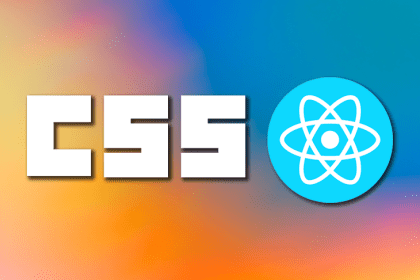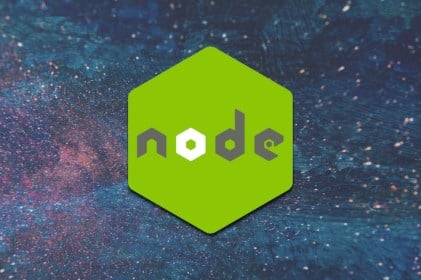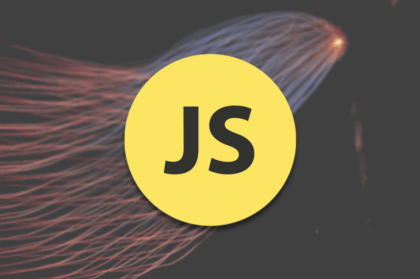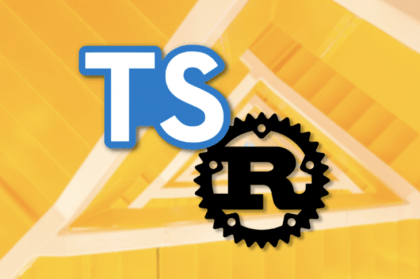
Learn how to use Flexbox, a CSS tool that enables you to build layouts to fit multiple screen sizes, in React Native apps.

Aleph.js is an up-and-coming Rust powered framework that aids developers in customizing and deploying webpages in dynamic ways.

MVC is an architectural pattern for building software applications. In this article. we zoom in on a component of the MVC that is underused.

The module system in Node.js has come a long way from its earlier adoption of CommonJS.

Amplify and AWS integrations easily communicate with the backend for video on demand services, allowing you to scaffold projects with minimal cost and effort.

Learn to build your first mobile app with Fuse Open and the Fuse ecosystem, which is easy to learn, fun to code, and incredibly powerful.

The NetInfo library offers tools for managing network connection state. This may increase engagement among users with poor web connection.

Go 1.16, the 17th major version of the Go programming language, has just been released. Here, you can learn everything new in Go 1.16.

Explore common data visualization libraries including: Highcharts, Toast UI Chart, D3.js, Recharts, and Chart.js to determine which will best improve the functionality of your project.

Avoid stress and complication when switching your application from one programming language to another by understanding dependencies, data types, and conditional statements in each.

Use Mirage JS to build a mock API that creates the frontend of your application without having to rely on data from the backend.

React.memo vs. useMemo: Major differences and use casesLearn what memoization is, how memoization works in React, and the major differences between React.memo() and useMemo().